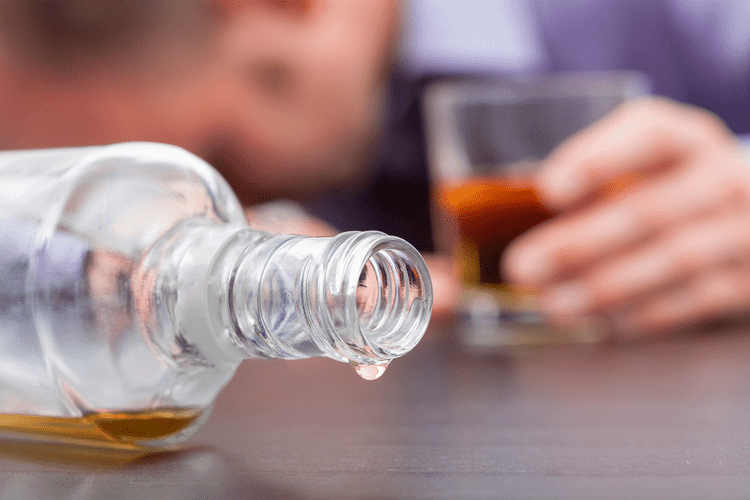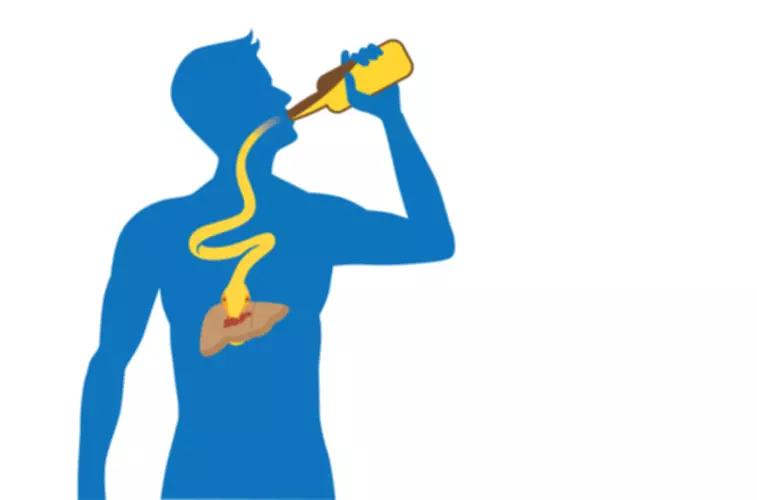Cocaine can exert local anaesthetic action by inhibiting voltage-gated sodium channels, thus halting electrical impulse propagation; cocaine also impacts neurotransmission by hindering monoamine reuptake, particularly dopamine, from the synaptic cleft. The excess of available dopamine for postsynaptic activation mediates the pleasurable effects reported by users and contributes to the addictive potential and toxic effects of the drug. Cocaine is metabolised (mostly hepatically) into two main metabolites, ecgonine methyl ester and benzoylecgonine.
Drug Abuse: The Oral Health Kryptonite
As previously mentioned, the form of cocaine the user choses (cocaine salt or the free base), the route of administration and patterns of use vary. By virtue of its hydrophilicity, cocaine hydrochloride is generally consumed by ‘snorting’ [53,54]. ‘Crack’ cocaine is generally the only form of cocaine that is smoked—this is due to the fact that cocaine hydrochloride has an elevated boiling point and does not vaporise at the temperatures of combustion [24]. These routes that involve the respiratory system tend to be favoured for both forms of cocaine, as they allow for the stimulant to reach the brain circulation in around 6 to 8 s; the inhalation route presents higher peak plasma concentrations that are reached faster when compared to intranasal administration [53,54]. It should be noted that, for the intranasal route, the vasoconstrictive properties of cocaine slow down the drug’s own absorption, causing a 60-min delay of peak plasmatic concentrations [54].
Why Awareness and Support Matter in Fighting Drug Abuse
The rats tested at home were connected to the infusion lines 3 h before the start of each session. The rats tested outside the home were transferred to the self-administration chambers immediately before the start of each session and their catheters were connected to the infusion lines. In both groups, the infusion pumps were activated during the 60 s preceding the start of each session, so as to fill the dead volume of the catheters’ lumina with the appropriate drug solutions (thus, no drug entered the rats’ bloodstream before the beginning of the session).
What Is the Difference Between Cocaine and Heroin?
Prolonged or heavy use of cocaine can lead to cocaine addiction, cardiovascular problems, respiratory issues, irritability and mood changes, paranoia, restlessness neurological damage, and psychological disorders. Cocaine abuse can have significant negative consequences on your physical and mental well-being. While both types of addiction may benefit from intensive inpatient programs providing 24/7 medical supervision and structured therapy, the severity of withdrawal symptoms and the risk of complications may vary. Individuals with severe heroin addiction or co-occurring mental health disorders may find inpatient drug rehab in Pennsylvania more beneficial, whereas those with milder cocaine addiction or stable support systems may thrive in outpatient settings. Both cocaine and heroin have profound effects on the body, but they differ in terms of the specific physiological and psychological responses they elicit. Cocaine stimulates the central nervous system, leading to increased heart rate, blood pressure, and body temperature.
How Did this Opioid Problem Get to my Community?
Heroin injection is favored over other forms due to the speed at which the effects are felt. At the end of each session, food and water were given back to the rats at home and the rats in the outside-the-home condition were returned to their review and comparison home cages. The apparatus consisted of self-administration chambers (28.5-cm length, 27-cm width, and 32-cm height) made of transparent plastic (front and rear walls), aluminum (side-walls and ceiling), and stainless steel (grid floor).
- Rats tested at home prefer heroin to cocaine, whereas rats tested outside the home prefer cocaine to heroin.
- Beyond the immediate dangers of overdose, cocaine and heroin use can lead to serious long-term health problems.
- If you or someone you know is suffering from addiction, it’s crucial that you seek out professional support at a drug rehab centre as soon as possible.
- Cocaine promotes vasoconstriction, through indirect agonism of α-/β-adrenergic receptors, blockade of voltage-gated sodium channels, and increases in endothelin-1 and decrease of nitric oxide.
This might have induced distinct neuroadaptations in the two settings, as it has been shown that repeated exposure to opiates such as morphine produces neuroplastic changes opposite to those produced by psychostimulants such as cocaine (Robinson and Kolb 2004; Becker et al. 2017). Opposite neuroplastic adaptations might have resulted, during the choice phase, in greater craving for heroin at home and for cocaine outside the home. Finally, it is possible that drug preferences were the result of a more fundamental interaction between drug and setting. We have in fact proposed (Badiani 2013) that the rewarding effect of any drug is decreased in the presence of a “mismatch” between the interoceptive information produced by central and peripheral drug effects and the exteroceptive information (the setting).
The sympathomimetic properties of cocaine are related to the above-mentioned inhibition of noradrenaline reuptake via noradrenaline transporter (NAT). Cocaine has a fast disposal to the tissues, with a distribution volume ranging between methamphetamine oral route side effects 1 and 3 L/Kg [53,59]. Cocaine binds to albumin and α1-acid glycoprotein at a rate of around 90% and can be found at the highest concentrations in the brain, spleen, kidney, and lungs, followed by blood, the heart and muscle tissue [60].
After the withdrawal period, the rats underwent a choice phase consisting of seven sessions (3 h each) during which the rats were allowed to choose repeatedly between heroin (25 μg/kg) and cocaine (400 μg/kg) within session (see Fig. 1d). Notice that the choice phase was the first time cocaine-trained rats had access to heroin and heroin-trained rats had access to cocaine. Benzodiazepines are useful in the treatment of subjects who, in addition to showing signs of myocardial ischemia, are anxious, tachycardic or hypertensive. Not only do benzodiazepines exert anxiolytic action, but they also attenuate toxic effects at the cardiovascular and cerebral level, by reducing both blood pressure and cardiac output, which makes them a key first approach in treating cocaine acute intoxications [96,160].
Drug use is rarely limited to a single substance, polydrug use being more of a rule than an exception (e.g., Sample 1977; Brecht et al. 2008; Badiani et al. 2015; John et al. 2018). In particular, it is well known that most individuals with heroin use disorder also use cocaine and vice versa (Leri et al. 2003, 2005; Kosten et al. 1986; Levin et al. 1996). Yet, polydrug use does not preclude the forming of preferences for one drug or another (Harford 1978; Gossop and Connell 1975). The mechanisms responsible for these preferences are still poorly our salvia guide the salvia experience, benefits, dosage and more understood, leaving aside obvious constraints, such as those deriving from law, market availability, and street price (e.g., Jofre-Bonet and Petry 2008). However, we have shown that the context of use (the setting) plays an important role in modulating drug preference in an animal model of drug self-administration (Caprioli et al. 2009). In this experiment, we trained two groups of rats to self-administer heroin and cocaine on alternate days and then we gave them the opportunity to choose repeatedly between the two drugs within the same session.
Cocaine and heroin have different chemical compositions, and origins, and provide different types of high. Understanding the difference between cocaine and heroin can help in recognising the risks of cocaine and heroin use and the specific treatment approaches required. Cocaine is a potent stimulant drug that works by inhibiting the reuptake of neurotransmitters such as dopamine, norepinephrine, and serotonin in the brain. It can be administered by snorting (inhaled through the nose), smoking (in the form of crack cocaine), and injection (intravenous or intramuscular).




